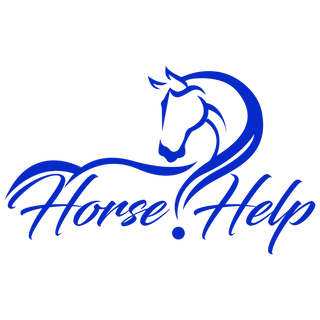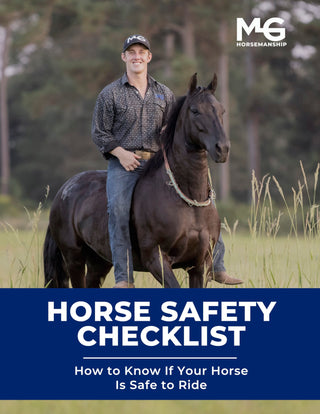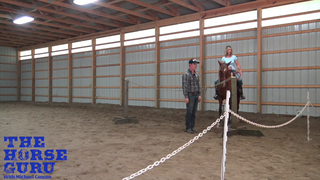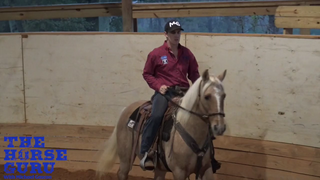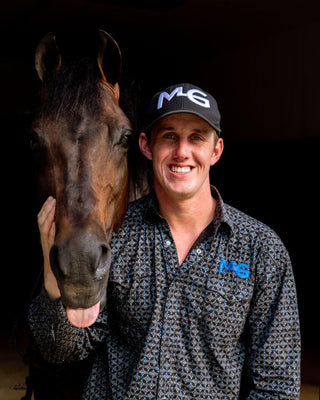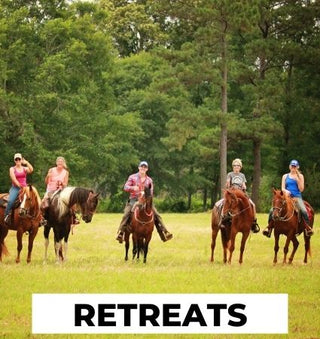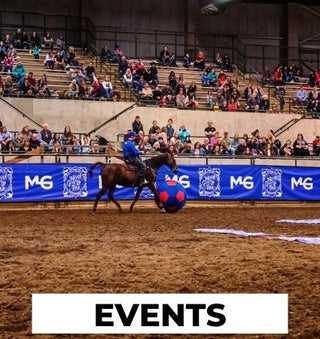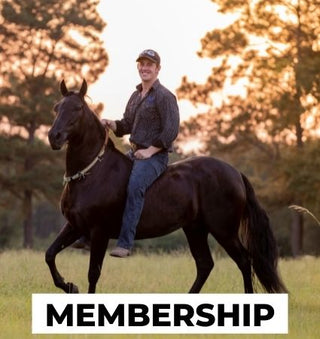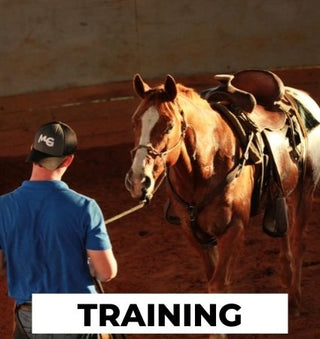Watch the Video Here or continue reading below!
Rein management is a crucial skill for every rider, ensuring clear communication with the horse while maintaining control and safety. Many riders struggle with rein handling, often making common mistakes that lead to confusion for both horse and rider. In this guide, we’ll break down the essentials of rein management and how you can improve your technique for a smoother, more responsive ride.
The Importance of a Loose Rein
A well-trained horse should be able to move comfortably on a loose rein, responding to subtle cues rather than constant pressure. The key is to give the horse clear, contrasting signals—loose reins indicate they are doing the right thing, while rein contact is used only when necessary to provide direction or correction.
The Common Mistake: Over-Managing the Reins
Many riders tend to "itsy bitsy spider" the reins, constantly adjusting and fidgeting with them. This habit can create confusion and prevent the horse from fully understanding when it’s doing the right thing. Instead, the goal should be to maintain a soft, loose rein whenever possible, allowing the horse to carry itself while remaining responsive to commands.
One-Handed vs. Two-Handed Riding
Why One-Handed Riding is Safer
When riding with two hands, especially on the trail, a sudden spook can cause a rider to instinctively lift both hands in panic, leading to a loss of control. This is often referred to as the "Ricky Bobby" moment, where the rider unintentionally tightens the reins and the horse reacts with resistance or panic.
On the other hand, riding with one rein allows for better emergency control. If the horse spooks, the free hand can naturally slide down to take control, bending the horse’s head and redirecting its movement in a controlled manner.
The Sliding Hand Technique
A fundamental aspect of rein management is learning how to slide your hand down the rein to establish contact before applying pressure. This prevents abrupt, jerky movements that could startle the horse. Instead of pulling suddenly, a rider should:
- Find the horse’s face – Slide the hand down the rein gently until contact is made.
- Apply steady pressure – A pull elicits a response, while a sudden pop or jerk can create a reaction.
- Release and reward – Once the horse responds correctly, return the reins to a loose position as a reward.
Building Confidence with a Loose Rein
Many riders fear that if they give their horse too much rein, they will lose control. However, a well-trained horse should be able to move in self-carriage—maintaining a steady pace and direction without constant rein pressure.
By working through the respect series and gradually allowing more rein freedom, riders will find that horses become more balanced, responsive, and comfortable under saddle.
Conclusion
Rein management is an essential skill that enhances both the rider’s control and the horse’s understanding of commands. By practicing one-handed riding, using a sliding rein technique, and building trust with a loose rein, riders can achieve a more fluid and enjoyable riding experience.
Mastering rein management leads to a more responsive horse, a more confident rider, and a safer ride overall. Keep practicing, stay patient, and enjoy the journey of better horsemanship!
